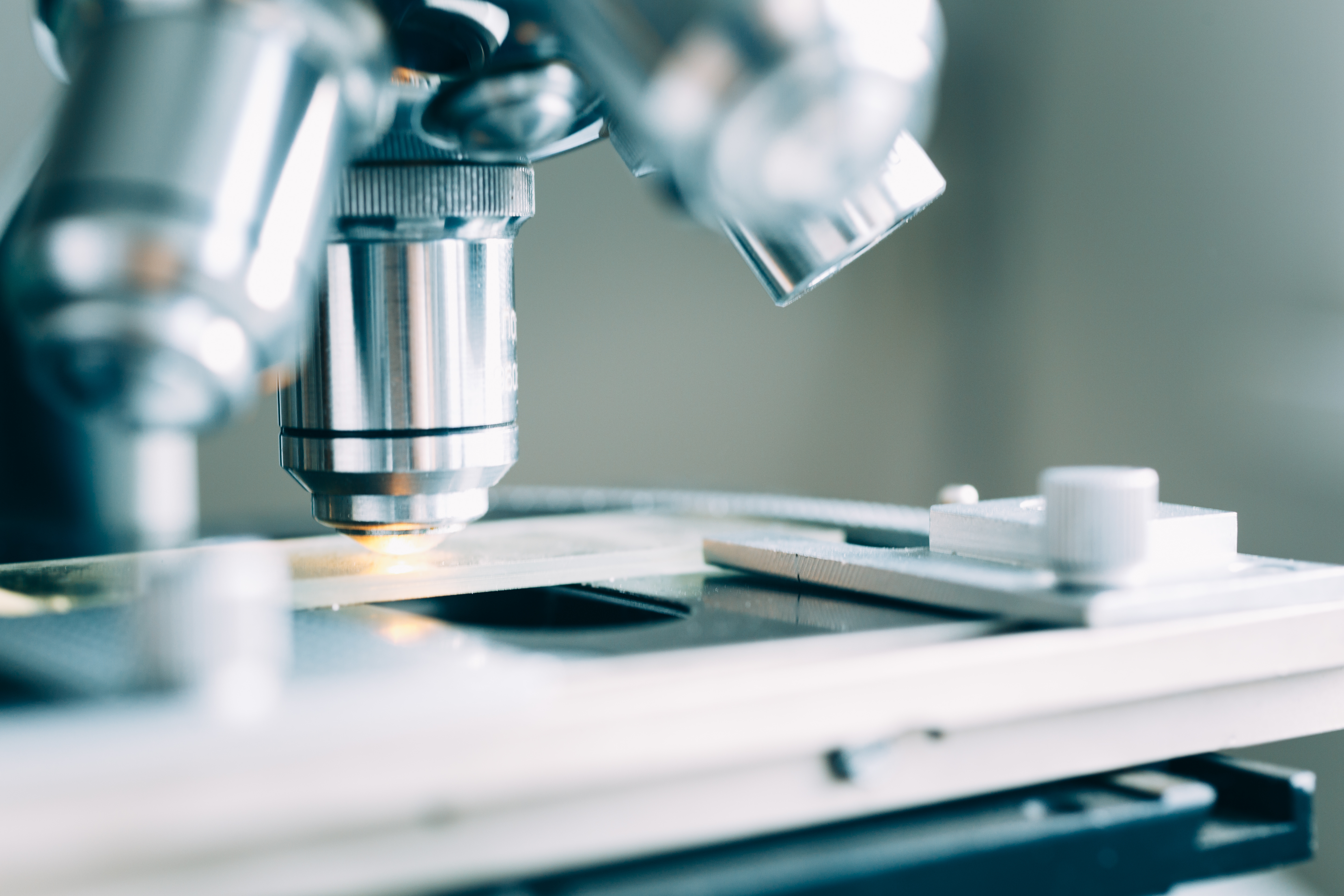
26 Jan What’s New in Research – February 2018
A new study by researchers from Brigham and Women’s Hospital identifies mediators that are involved in activating lung inflammation. In particular, the team investigated the role of Pla2g5, a lipid-generating enzyme that activates large white blood cells known as macrophages. They show that Pla2g5 plays two important roles: driving the release of a major cytokine by macrophages, and producing free fatty acids (FFAs) which can directly drive the activation of Type 2 innate lymphoid cells (ILC2s) – a key player involved in lung inflammation. Their results are published in Mucosal Immunology.
“The mechanism we describe is like two arms both acting synergistically to activate ILC2s,” said author Sachin Kumar Samuchiwal, PhD, of the Division of Rheumatology, Immunology and Allergy at BWH. “One arm is the production of IL-33 from macrophages, which is diminished by deletion of Pla2g5. The second arm is the production of FFAs, specifically linoleic acid and oleic acid, by Pla2g5. Both regulate the activati
on of ILC2s and increase inflammation in the lungs.”
Read the full article in Clinical & Research News

